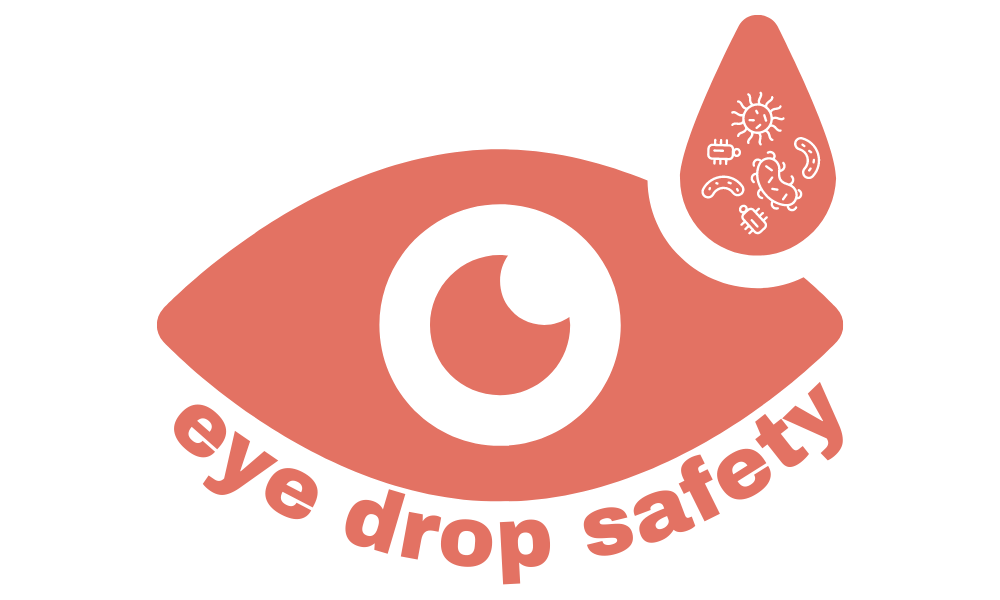Survey: Eye Drops Sold Online Pose Risks to Consumers
Drugwatch - 8/10/23
Hundreds of potentially dangerous eye drops are being sold online without government oversight, according to a recent report by the nonprofit Dry Eye Foundation.
An investigation by the advocacy group found that more than 200 eye drops made by 62 brands could cause potential health problems because of packaging and formulation issues. A significant number of eye drops are formulated for sale in countries other than the U.S., according to the Dry Eye Foundation, which keeps a master list on its website.
“Eye drops purchased on the shelf in drugstores can generally be considered safe. Conversely, e-commerce platforms such as Amazon, Walmart, eBay and Shopify sell many eye drops which are not registered with the FDA,” said Dr. Sandra Brown, a Drugwatch expert contributor and the Dry Eye Foundation’s medical advisor. “These products should be considered unsafe because nothing is known about their manufacturing conditions.”
The Dry Eye Foundation reported more than 200 eye drops to the FDA for various reasons, including:
Counterfeits of national brands
“Natural” eye drops that claim to treat various medical eye diseases
Preservative-free eye drops packaged in standard eye drop bottles that require preservation
Unregistered imports that appear to be packaged for sale outside of the U.S.
Trending scams, such as eye drops that claim to change eye color
“Raising awareness about the safety hazards of purchasing eye drops online has become our top priority for 2023,” said Dry Eye Foundation Executive Director Rebecca Petris.
In June, the Dry Eye Foundation released a list of 205 potentially unsafe eye drops and reported the medicines to health officials. It found that many of the OTC drugs were packaged exclusively for sale in countries other than the U.S. Many of the bottles were labeled preservative-free, but the type of bottles used as packaging were meant for preserved eye drops to prevent contamination.
“In 2022 we were worried about three incorrectly packaged biologic eye drops. Then came the Ezricare tragedy earlier this year, which increased our sense of urgency,” Petris said. “Since then, our list grew to 10, 20, 50, 100, and now over 200. We have been sharing all our research with the FDA, and in the meantime, we need eye care providers to know what’s going on.”
The Dry Eye Foundation is encouraging health care professionals to learn more about safety issues and review current product alerts.
Brown advised that consumers should pay attention to any potential eye drop side effects. Some of these are immediate and others occur over time.
“If an eye drop causes immediate redness, stinging, burning, watering or blurred vision you should rapidly flush your eyes with cool or cold tap water, using your fingers to widely separate your eyelids, for at least five minutes,” Brown said. “If the eye drop seems to be causing gradually increasing irritation with each use, simply discontinuing it should be sufficient.”
If eyes remain persistently red and irritated, Brown recommends seeking evaluation by an eye care provider. Consumers should bring the eye drops to the provider visit.
Eye drops can get hot during the heat of summer and the product’s temperature could reach unsafe levels, Brown added.
“Keeping [eye drops] in the car in the summer can increase the temperature to more than 110 degrees. This is well outside the recommended storage temperature. Never keep eye drops in a pocket or leave them in the car,” she advised.
